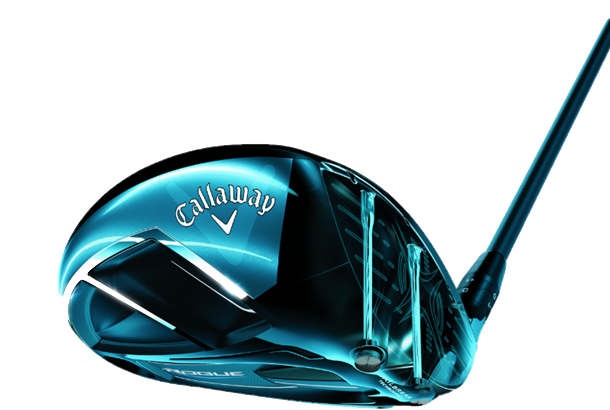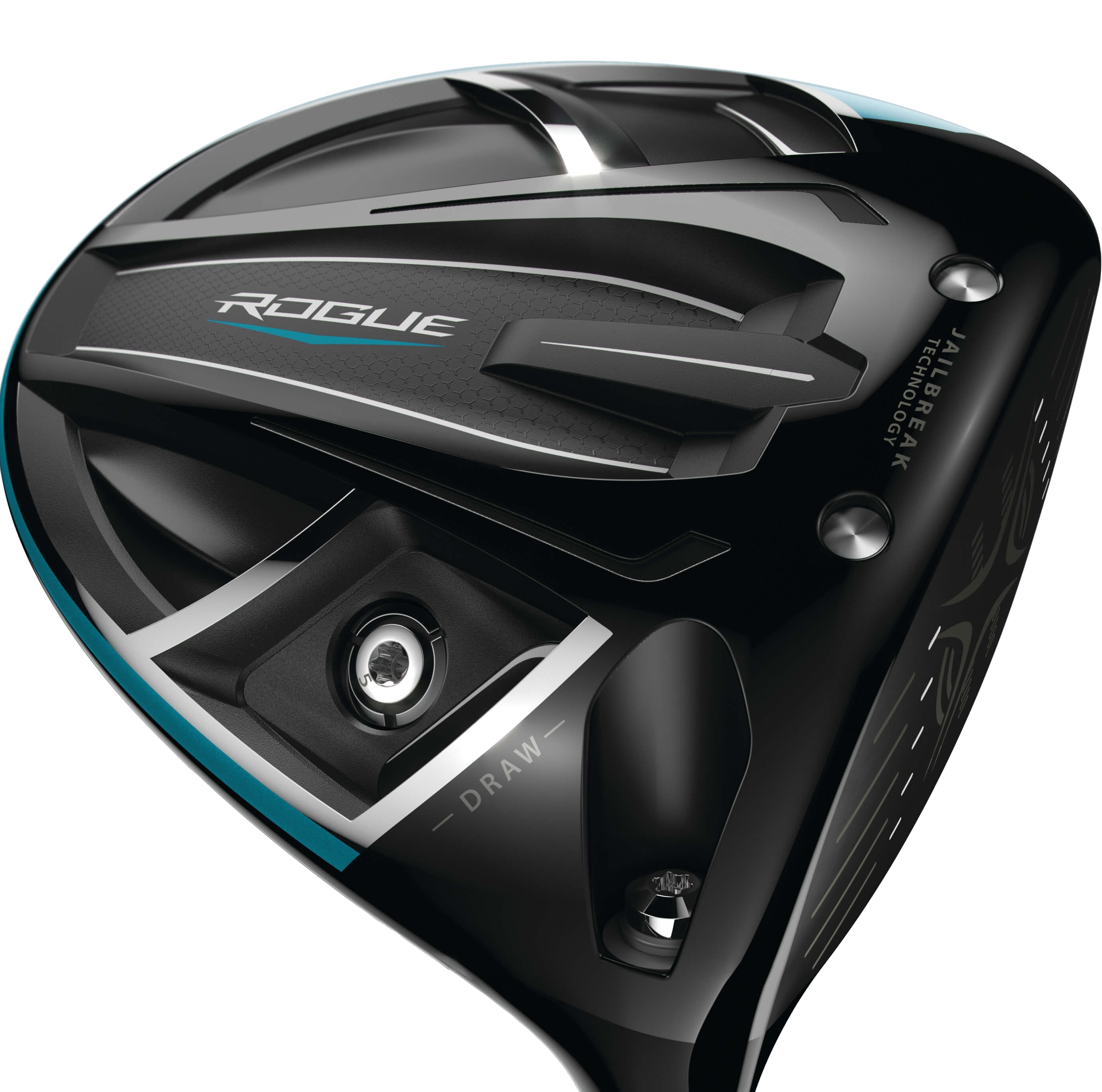Callaway Rogue Driver Vs Epic Driver Review | GolfBox
Posted by GolfBox on 31st Jan 2018


Callaway Rogue v Callaway Epic. The new kid on the block taking on the reigning champ.
Both are bred to perform, so what’s the difference between the two Callaway drivers?
Here’s a summary:
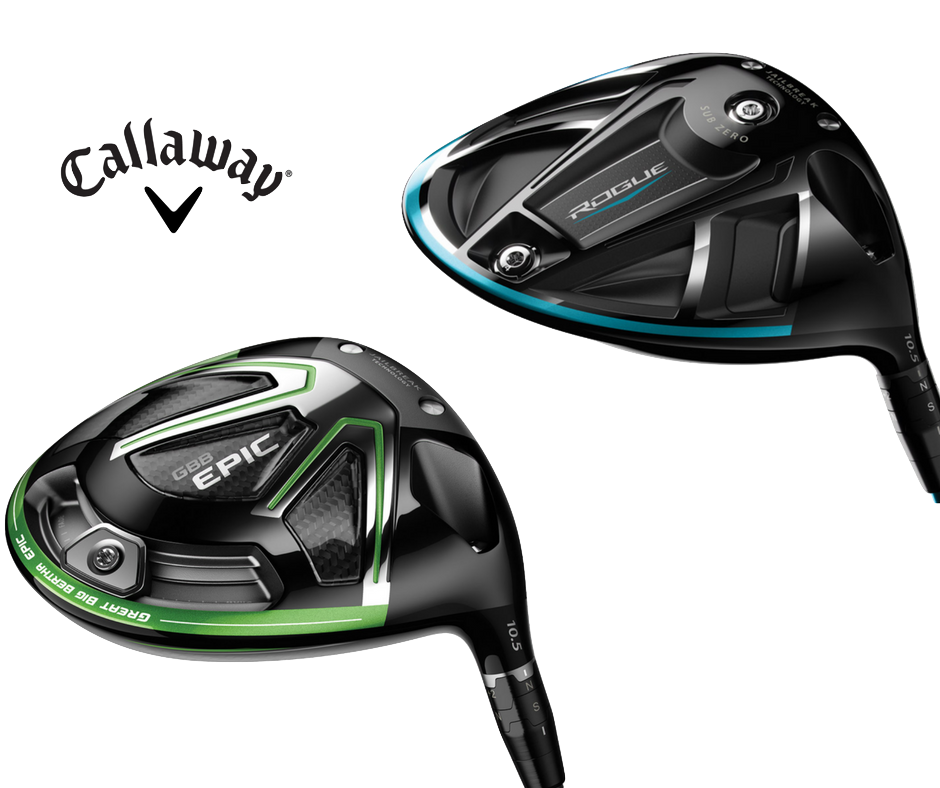
JAILBREAK RODS
Callaway's Epic success, the brilliantly named Jailbreak technology, flows into the Rogue driver but with a slight tweaking: the titanium rods that connect the Rogue's sole and crown are now an hourglass shape. The Rogue's rods are 25 per cent lighter than the straight ones used in the Epic but still provide more than enough support to stiffen the clubhead for greater face flexibility, leaving the extra weight to be repurposed in other parts of the clubhead for optimum ball speed and forgiveness.
WEIGHT ADJUSTABILITY
The Callaway Rogue has no adjustable sole weighting system, a major departure from the Epic which features a sliding weight track running around its rear perimeter. While some golfers will prefer having the ability to change ball flight characteristics with the Epic, the absence of it in the Rogue means mass that would’ve been allocated to a weight track can be located lower and more rearward for an improved CG (centre of gravity).
ROGUE DRAW
Callaway decided to produce another version of the Rogue called the Rogue Draw after discovering that most Epic users slid the adjustable weight into a draw or neutral position. With almost no-one using a fade bias in the Epic, Callaway decided to abandon a weight tracking system in the Rogue in favour of a dedicated draw-biased driver - the Rogue Draw. A 5g heel weight helps shut the Rogue Draw’s clubface and promotes gear effect to produce a draw shape.
BIGGER FOOTPRINT
While both are 460cc drivers, the Callaway Rogue has a noticeably larger profile than the Epic at address. The Rogue looks like it has been stretched out a bit more at the rear and has a wider but shallower clubface, whereas the Epic’s clubface sits higher. The Rogue looks more forgiving when it’s sitting behind the ball at address and the numbers prove it, with a 7.5 per cent increase in MOI (moment of inertia) over the Epic.
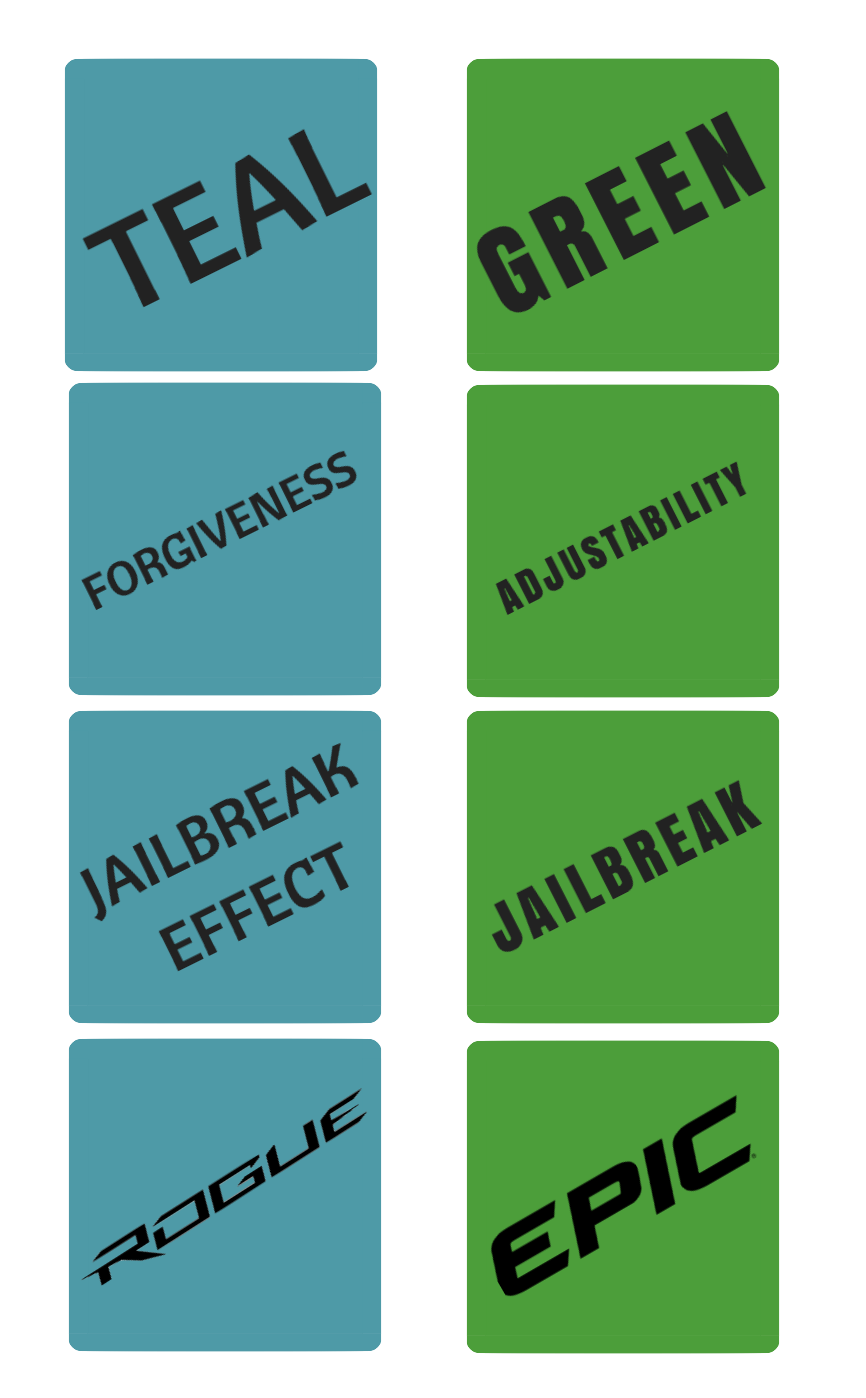
CARBON FIBRE
Callaway love their triaxial carbon fibre and there’s a good reason: it’s 65 per cent lighter than titanium. The Rogue’s carbon fibre crown is the biggest ever fitted to a Callaway driver and is thinner and lighter than the Epic's crown - just 0.6mm thick and weighing in at under 10g. But while the Epic features carbon fibre on its sole to accommodate the sliding weight track, the Rogue’s sole is titanium only - there wasn't a substantial performance gain in utilising carbon fibre on the sole just because it’s lighter.
THE JAILBREAK EFFECT AND X-FACE VFT
The Rogue gets an improved clubface that works in harmony with the lighter Jailbreak rods to create what Callaway call the “Jailbreak Effect”. The X-Face VFT face used in the Rogue is the next generation of what the Epic employed, with the face thickness varied in a strategic ‘X’ pattern across the face. The Jailbreak Effect is effectively the relationship between the stiffness of the Rogue’s clubhead and flexibility of the face, with the Rogue’s new X-Face VFT able to be considerably thinner in certain areas to maximise clubface deflection. And what that means is faster ball speeds across a greater area of the Rogue’s face in comparison to the Epic’s.
SPEED STEP
Callaway called in Boeing to help with the Rogue’s aero package and the result sees the Rogue sprout a new “Speed Step” arrangement on the crown of the clubface compared to the Epic. The “Speed Step” enhances the Rogue's performance through the air for more clubhead speed and streamlines the turbulence around the clubface.
TEAL OR GREEN?
If it comes down to appearance, and the jury is still out on this one, the Epic's electric green highlights have given way to a more demure teal colour scheme on the Rogue.
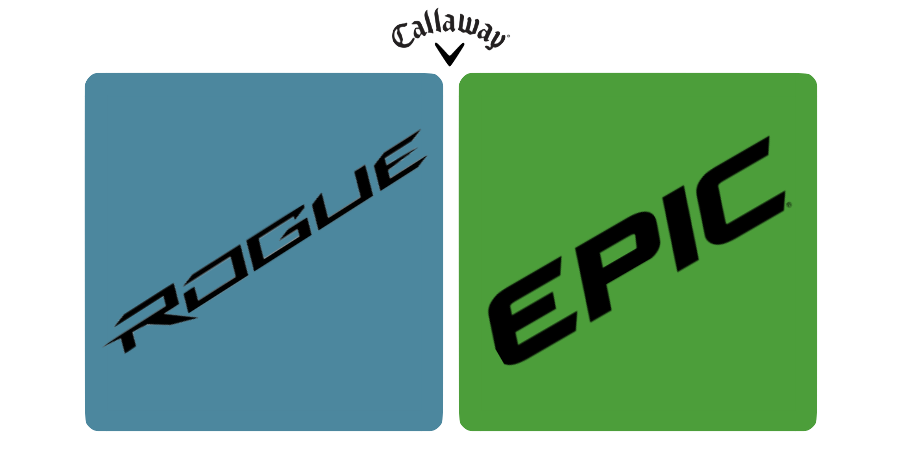
SUB ZERO
Both the Rogue and Epic also come in a low-spin Sub Zero model with interchangeable sole weights to shift the CG. There is a slight difference between the two drivers with the Epic sporting a 12g and 2g weight while the Rogue has a 14g and 2g screw.
FASTER BALL SPEEDS AND MORE FORGIVENESS
It was always going to be a tough job improving a driver like the Epic, but Callaway are all smiles after the release of the Rogue. The Jailbreak Effect is the key, with Callaway cracking the formula so the Rogue produces faster ball speeds from both the sweet spot and outer reaches of the clubface to improve on the Epic's already impressive performance. Callaway have also managed to shade the Epic in the forgiveness department - the Rogue’s greater MOI has been extracted from weight savings that were able to be transferred low and to the rear of the Rogue.


